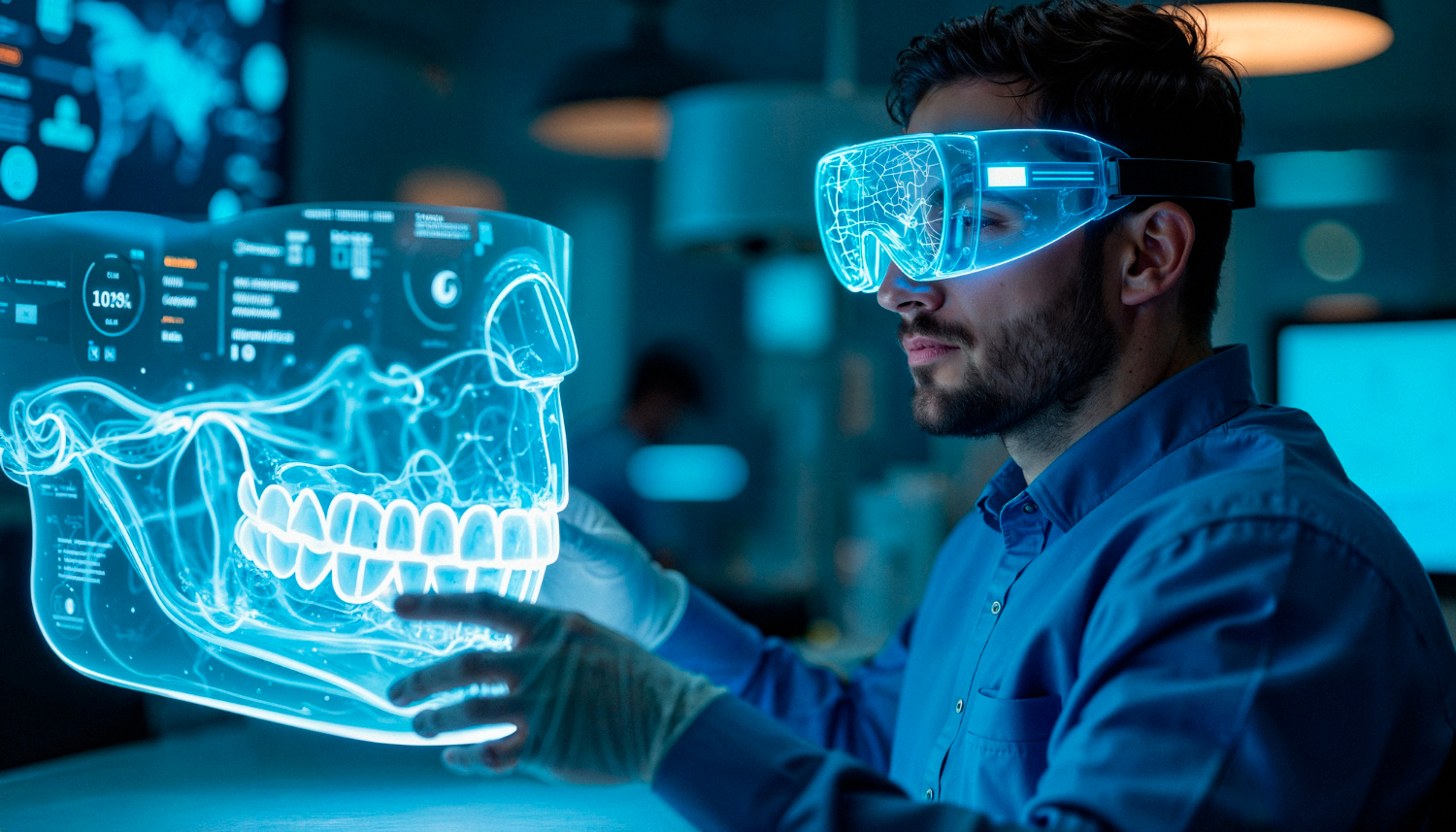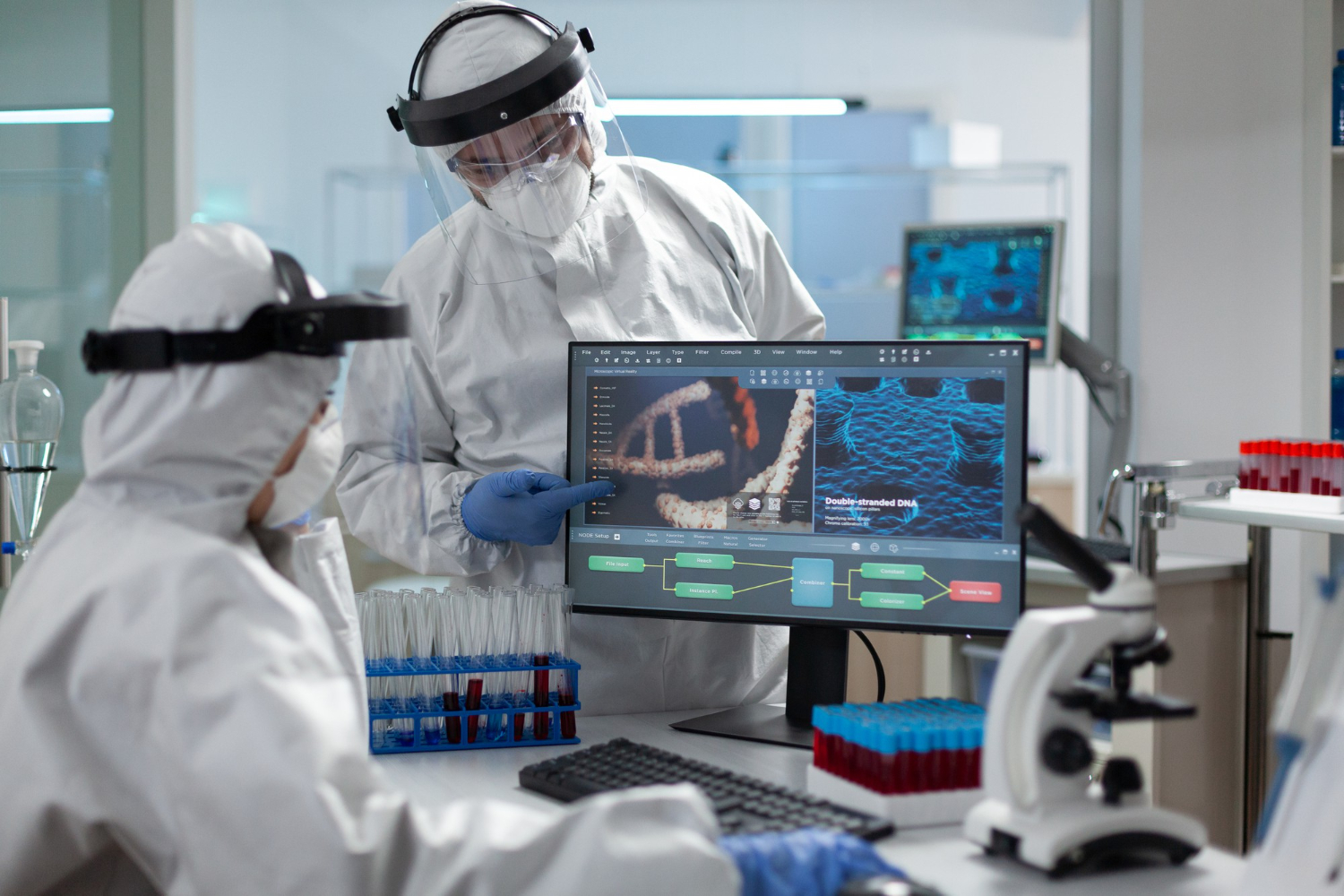Expanding Peripheral Vision in Virtual Environments
Virtual reality often limits how much a person can see at once. Most headsets focus on central vision, creating a restricted field of view. This can cause tunnel vision, making digital environments feel less natural.
Peripheral vision plays a key role in awareness and depth perception. It allows people to detect movement without turning their head. A wider field of vision makes interactions feel smoother and reduces discomfort. Developers are working to improve this aspect, but challenges remain.
How Peripheral Vision Works
The human eye processes different types of visual information. Central vision provides sharp detail, while side vision detects movement and shapes. The brain combines both to create a full field of vision.
Loss of peripheral vision can make daily activities harder. Some people experience this due to medical conditions, while others notice it in digital environments. Covering one eye is an easy way to feel the difference. Objects outside the direct line of sight become harder to track.
Expanding the visible area improves spatial awareness. It helps users react faster and reduces the need for constant head movements. This is why improving side vision in virtual settings is so important.
The Problem with Tunnel Vision
A narrow field of view creates a tunnel-like effect. This happens when digital screens fail to cover enough of the visual field. The brain expects input from the corner of the eye, so missing this information feels unnatural.
In a natural setting, peripheral vision helps with balance and movement. When it is reduced, people compensate by turning their head more often. This can cause strain and fatigue over time.
Some users may already have conditions affecting side vision. If a system does not account for this, it can make the experience less accessible.
Read more: Futuristic AR and VR Technology: Immersive Future
Eye Diseases That Affect Peripheral Vision
Several medical conditions impact side vision. These can make tunnel vision worse in both digital and real-world settings.
-
Retinitis pigmentosa – A genetic disorder that reduces night vision and side vision over time.
-
Macular degeneration – Affects the central area but can also impact overall field of view.
-
Optic nerve damage – Conditions like glaucoma reduce the ability to detect movement at the edges.
Eye doctors use a visual field test to check for these problems. Comprehensive eye exams help detect issues early. For people with existing vision loss, certain adjustments can improve accessibility.
Challenges in Expanding the Field of View
Widening the visible area in digital systems is not easy. The human eye sees about 180 degrees horizontally, but most devices provide only 100–120 degrees. This creates a gap in side vision.
Some factors that limit the field of vision include:
-
Screen size – Expanding displays while keeping sharp details is difficult.
-
Lens distortion – Wider lenses can blur the edges, making images less clear.
-
Processing power – A larger visual field requires more computing resources.
Reducing these limitations can help make digital experiences more comfortable.
Read more: Virtual Reality Experiences: A Deep Dive into VR Technology
Improving Peripheral Vision in Digital Systems
Several methods can help improve the field of view. Developers are testing different approaches to expand what users can see.
-
Curved displays – These follow the natural shape of the human eye, improving side vision.
-
Foveated rendering – Focuses sharp details in the centre while reducing detail in the periphery, saving processing power.
-
Multi-panel systems – Uses additional screens at the sides to create a wider field of vision.
Better optics and processing techniques will improve future systems. Reducing tunnel vision makes virtual environments feel more realistic.
The Role of Motion and Depth Perception
Side vision helps detect movement, even when details are unclear. The corner of the eye picks up changes in light and motion, helping people react quickly. This is why peripheral awareness is crucial for balance and coordination.
A restricted field of vision affects depth perception. When objects only appear in the central view, judging distances becomes harder. This can make movement feel unnatural, especially in fast-paced environments.
Expanding the visible area improves spatial awareness. It allows users to track moving elements without turning their head too often. Reducing the need for constant head movement decreases fatigue and improves comfort.
Adjusting for Low-Light Conditions
Side vision plays a big role in night vision. Rod cells in the retina detect light at the edges, helping people see in darker environments. When peripheral input is missing, low-light scenes feel less immersive.
Many systems struggle with brightness adjustments. If the side view is too dark, it creates a contrast issue. The brain expects a gradual light change, but instead, it gets an unnatural separation between bright and dark areas.
Adaptive brightness and colour adjustments can help. Improving light transitions across the field of view makes environments feel more natural. This also helps people with conditions like retinitis pigmentosa, which affects night vision.
Read more: Virtual Reality Evolution: From Science Fiction to Real Life
Reducing Motion Sickness and Discomfort
A limited field of vision can increase discomfort in digital experiences. The brain expects a full range of visual input, but when side vision is missing, it creates a disconnect.
Motion sickness often happens when what the eyes see does not match what the body feels. A wider field of view reduces this issue by providing more natural movement cues.
Some adjustments that help include:
-
Smoother transitions – Avoiding sudden changes in brightness or sharpness.
-
Dynamic field adjustments – Expanding the view when moving to maintain natural awareness.
-
Eye-tracking integration – Adjusting detail based on where the user is looking.
These improvements create a more comfortable experience. Reducing tunnel vision makes environments feel realistic and reduces strain.
TechnoLynx’s Role in Enhancing Visual Systems
TechnoLynx specialises in advanced solutions for digital environments. Our team focuses on improving field of vision and reducing tunnel effects. We develop image-processing techniques to enhance clarity and depth.
Our work improves experiences for different industries, from gaming to medical imaging. Whether increasing side vision or optimising performance, we create solutions that make a difference. Contact us to see how we can help improve your system.
Continue reading: Top Virtual Reality Use Cases and Examples
Image credits: Freepik













